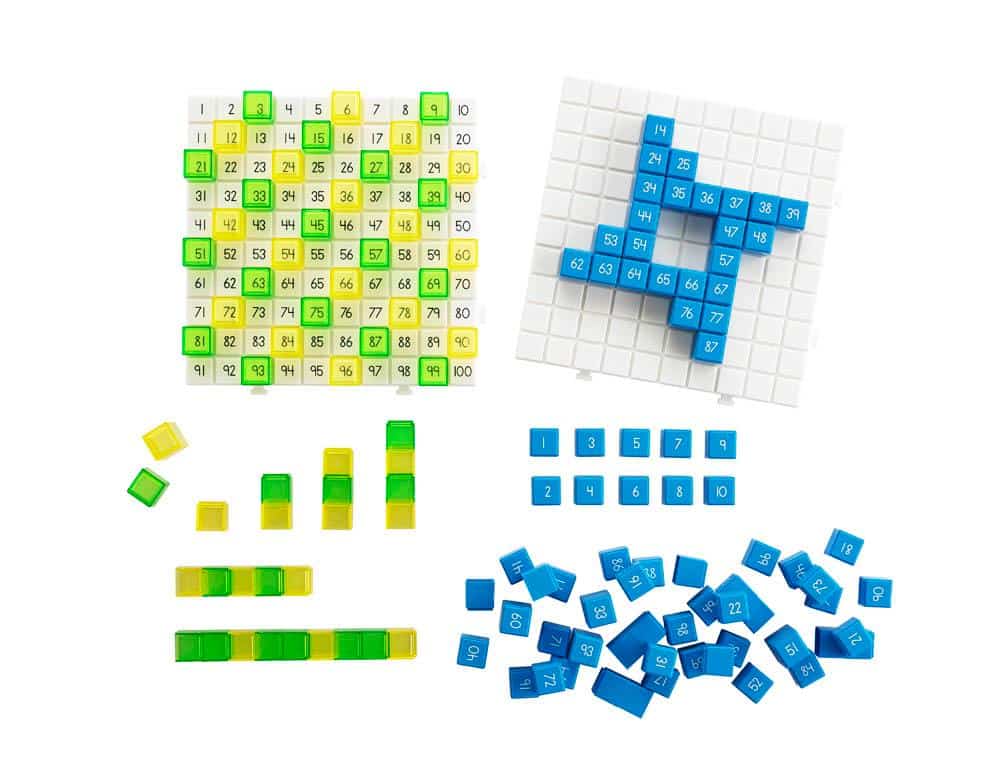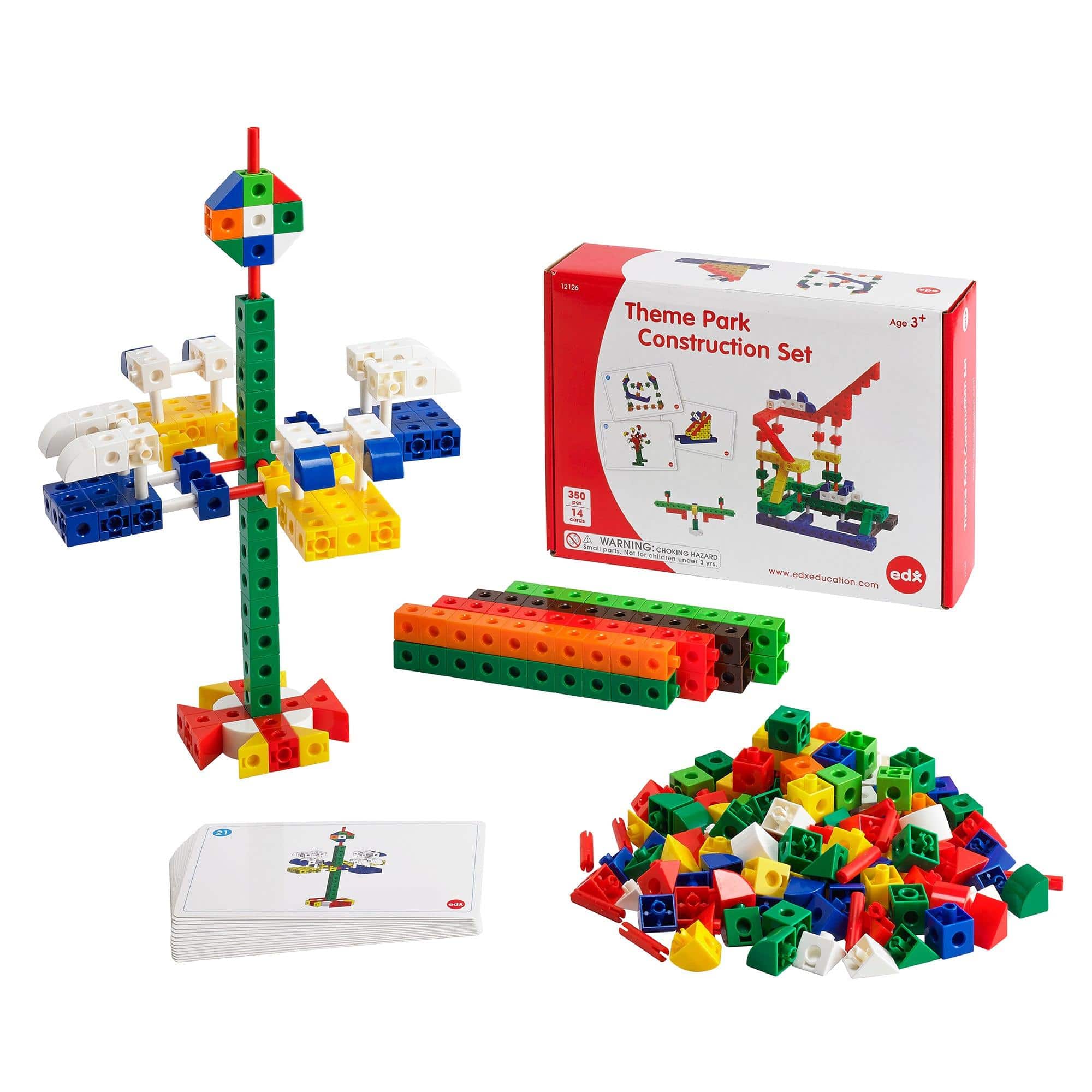The Impact of Toy Advertising on Body Image Perception in Adolescence
In today’s modern society, advertising has a profound influence on our daily lives. It shapes our perceptions, influences our purchasing decisions, and impacts our self-esteem. Adolescence is a critical stage of development where young individuals are particularly vulnerable to societal pressures and media influence. One area where this impact is undeniable is in the realm of toy advertising, which often portrays unrealistic body images. In this blog article, we will explore the significant impact of toy advertising on body image perception among adolescents.
Features:
- Unrealistic Body Standards: Toy advertisements commonly present idealized body types that are far from attainable for most adolescents, creating an unhealthy and unrealistic beauty standard.
- Focused on Appearance: Many toy advertisements emphasize appearance over other qualities, reinforcing the idea that physical attractiveness is the primary measure of worth.
- Narrow Definitions of Gender: Toy advertisements often reinforce traditional gender stereotypes, limiting the range of interests and aspirations for both boys and girls.
- Perceived Social Acceptance: Adolescents may internalize the notion that they need to look a certain way to be accepted by their peers, leading to body dissatisfaction and decreased self-confidence.
- Negative Effects on Mental Health: The constant exposure to unrealistic body images in toy advertising can contribute to the development of eating disorders, depression, and anxiety among adolescents.
- Cultivating Materialism: Toy advertisements often create a desire for excessive consumption, linking happiness and popularity with the acquisition of particular products, reinforcing materialistic values.
- Limited Representation and Diversity: The lack of representation and diversity in toy advertisements perpetuates narrow beauty ideals and marginalizes individuals who do not fit within these predefined norms.
- Impact on Body Image Perception: Adolescents who are repeatedly exposed to these unrealistic body images may develop distorted body image perceptions, leading to body dissatisfaction, low self-esteem, and even the adoption of harmful dieting behaviors.
It is crucial to recognize the impact that toy advertising has on the body image perception of adolescents and work towards promoting more inclusive and realistic representations. Parents, educators, and the advertising industry itself play a significant role in combating these negative effects by:
Ways to Mitigate the Impact:
- Encouraging Critical Thinking: Teaching adolescents to question and analyze media messages can help them develop a more discerning and critical approach to toy advertisements.
- Emphasizing Inner Qualities: Promoting the value of inner qualities, such as kindness, intelligence, and empathy, helps shift the focus away from appearance-based judgments.
- Offering Diverse Representation: Toy companies should strive to represent a broader range of body types, ethnicities, and abilities in their advertisements to foster inclusivity and provide positive role models.
- Collaborating with Mental Health Professionals: By partnering with mental health professionals and organizations, the advertising industry can ensure their campaigns promote positive body image and mental well-being.
- Increasing Media Literacy Education: Incorporating media literacy education in schools can empower adolescents to critically evaluate advertising messages and develop resilience against negative body image pressures.
- Encouraging Open Dialogue: Parents, guardians, and teachers should create a safe space for discussions about body image, emphasizing self-acceptance and promoting a healthy relationship with one’s body.
In conclusion, toy advertising has a significant impact on body image perception among adolescents. The portrayal of unrealistic body standards, narrow definitions of gender, and limited representation contribute to unhealthy ideals and negative consequences on mental well-being. However, by implementing strategies to mitigate these effects and fostering more inclusive and realistic representations, we can help ensure that toy advertising has a positive impact on the body image perception of young individuals.


